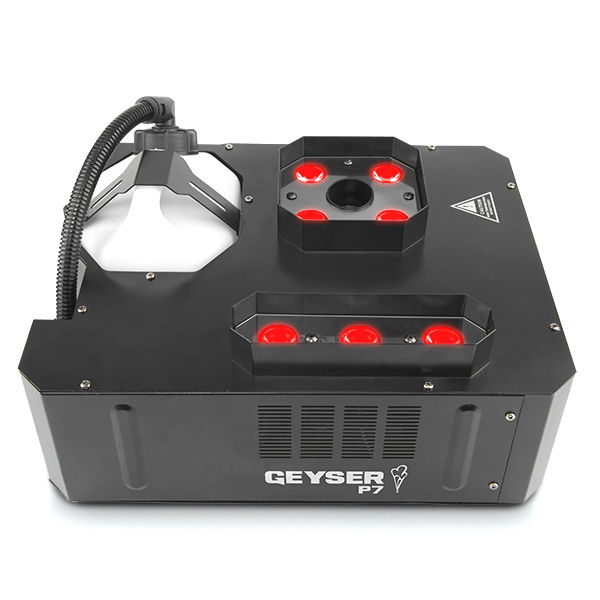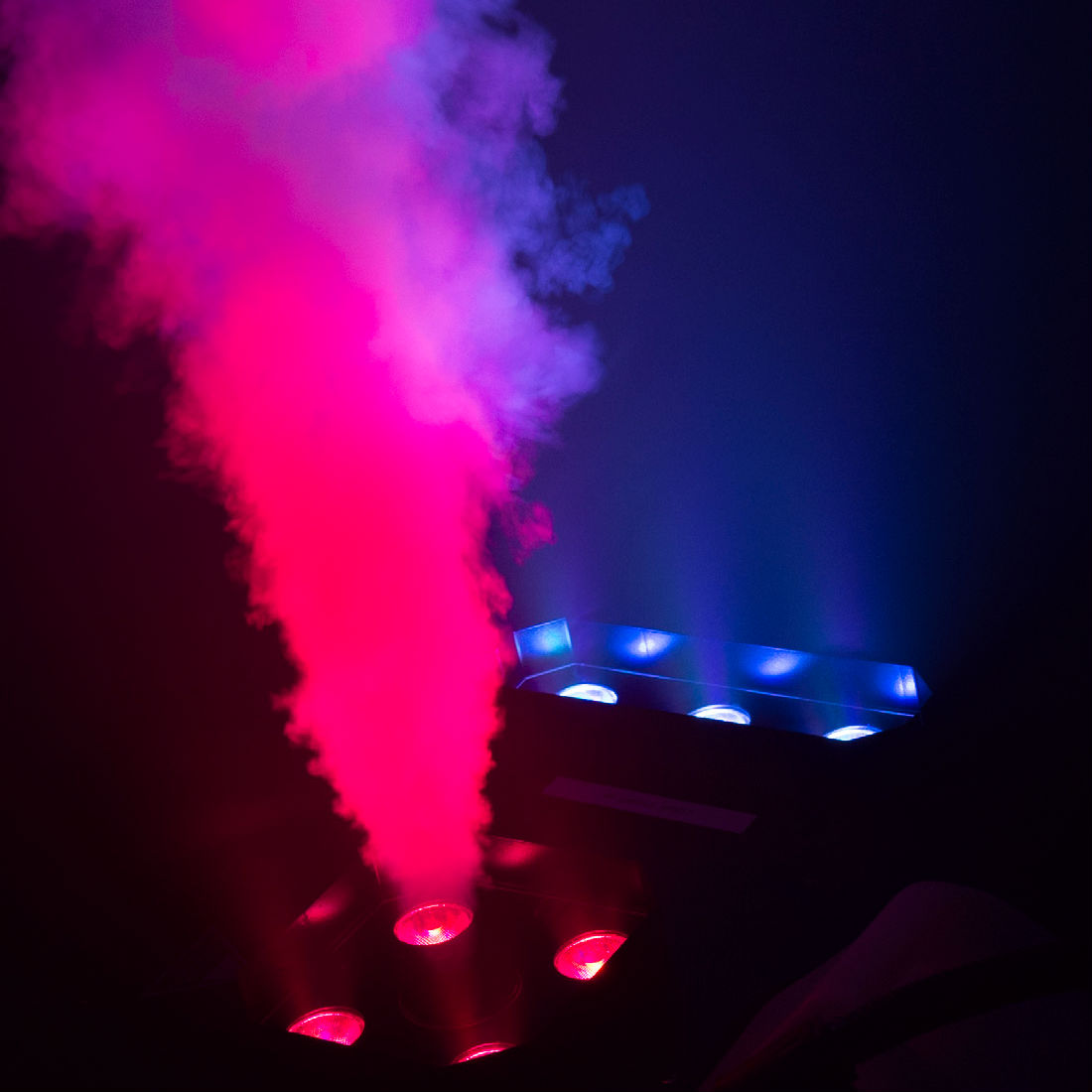Mirror Balls: Not Just For Discos
One of the basic functions of a good lighting design is to suggest where action is happening or convey the mood of a scene. Think about it -- if you see an actor on stage and the only "scenery" is a projection of bars on the floor or walls, you would probably make the assumption that the actor is supposed to be in prison. Similarly, lighting that uses lots of saturated colors (deep reds, blues & pinks) suggests a less realistic mood than lighting that use more subdued colors.
Mirror balls can also perform this function, and not just in plays but at dances and proms, themed parties and recitals of all kinds. The reason is simple; most people have seen a mirror ball and will automatically associate it with the discos and nightclubs of the 1970's. You've probably seen something like this in 70's-themed movies, musicals or TV shows. In fact, this use of the mirror ball has become so common that even people who have no memory of the 1970's (like Nathan -) will "think 70's" when they see one. The mirror ball may suggest an actual setting (a nightclub) or it may only suggest the general "mood" of that funky decade.
If you're using the mirror ball in your production to explicitly convey that 70's feeling, I would recommend mounting it in such a way that the audience can see the ball. If you're going for a more subtle effect, you needn't worry about whether they can see it or not. If the ball is visible, the audience will definitely think "70's disco" and may, depending on the production, think that the scene is actually occurring in a disco. If the ball is out of sight, the audience will only see the lights reflecting off of the ball onto the stage floor and curtains, but the scene will still have a 1970's, funky, mood.
One way to get the most out of the mirror ball is to always make sure it's being lit from two sides. One of the pin spots that are included with the mirror ball package will cover one-half of the mirror ball's surface. To get the full "disco effect" the pin spots should be located on opposite sides of the ball so that each lights one-half. Sometimes, you may only want one-half of the ball lit. For example, you may want the light to appear on the stage floor, but not on the curtain or backdrop behind the scene. To achieve this, you would hang the pin spot downstage of the mirror ball and focus it on the hemisphere that faces the audience. This would throw light onto the floor (and into the audience) but nothing would appear behind the mirror ball.
Another way to heighten the effect of the mirror ball is to use a hazer prior to lighting the mirror ball. (Our #DF41 Unique Hazer is perfect for this.) As with any moving light, the mirror ball will produce dramatic, moving beams of light when there is haze in the air. This will create a much better look and also simulates the smoke-filled ambiance of a 70's disco.
For those of you using the mirror ball package in a theatre, please bear in mind that the mirror ball has a motor that turns it and that the pin spots have transformers inside of them. What this means to you is that you cannot run this package from a standard dimmer; the spots and motor will need to be connected to a non-dim circuit. Check with your stage electrician, you may have non-dim circuits available on stage, or the dimmers you use may be capable of switching from dimmer mode to non-dim (or relay) mode.
So what are you waiting for? Grab a mirror ball package, maybe a hazer too while you're at it, and give that party, prom or recital "that 70's feeling". Groovy!
*********************************************
Theatre Effects Customer Service Department
service@theatrefx.com
www.theatrefx.com
Theatre Effects, 1810 Airport Exchange Blvd. #400, Erlanger, KY 41018
Phone: 1-800-791-7646 or 513-772-7646 Fax: 513-772-3579









